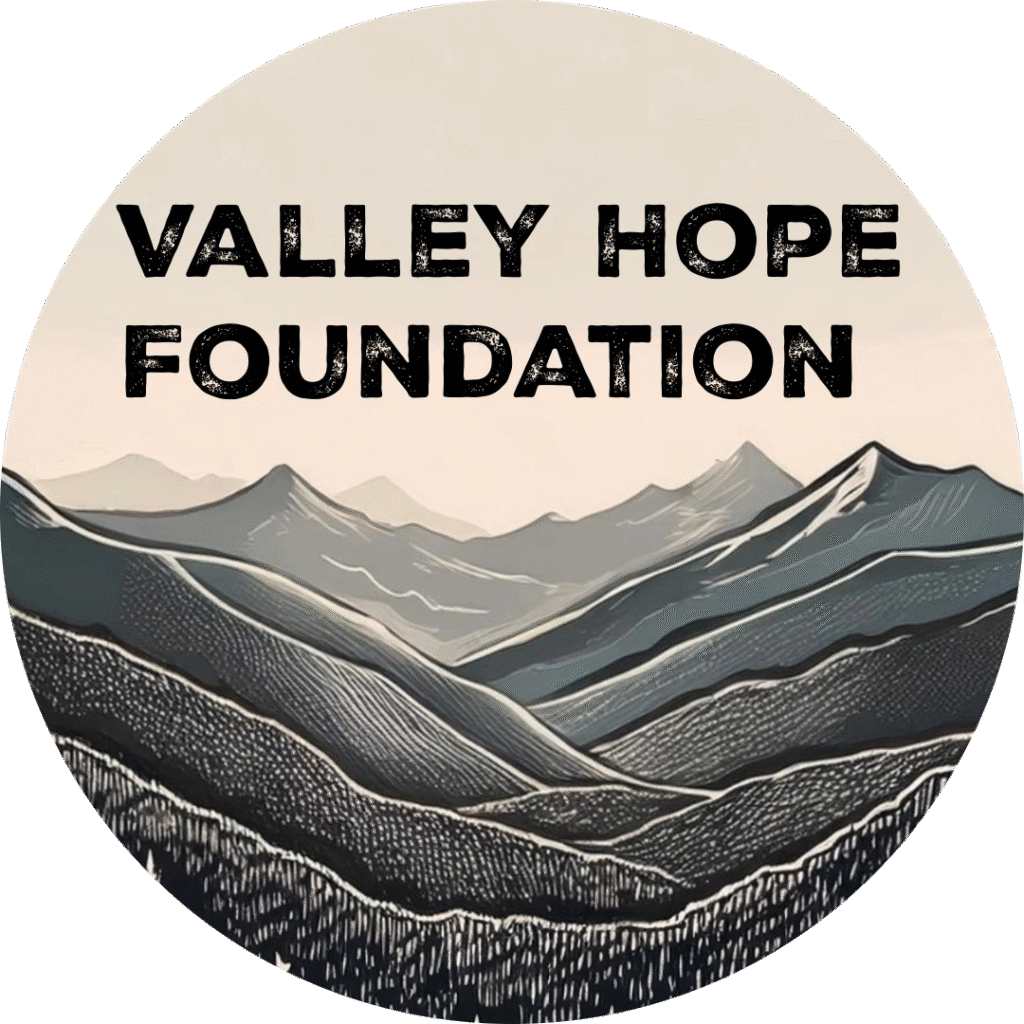We bridge the gaps, helping to keep critical resources moving, and build powerful community resilience, together.
Supporting resilient communities through targeted aid.
R4 works to support resilient communities through targeted aid. We are a grassroots network that has connected over 200 distribution points and community hubs and coordinated more than 1,100 supply deliveries to families across Western North Carolina.
We bridge gaps: connecting helpers, moving resources, and building stronger communities.
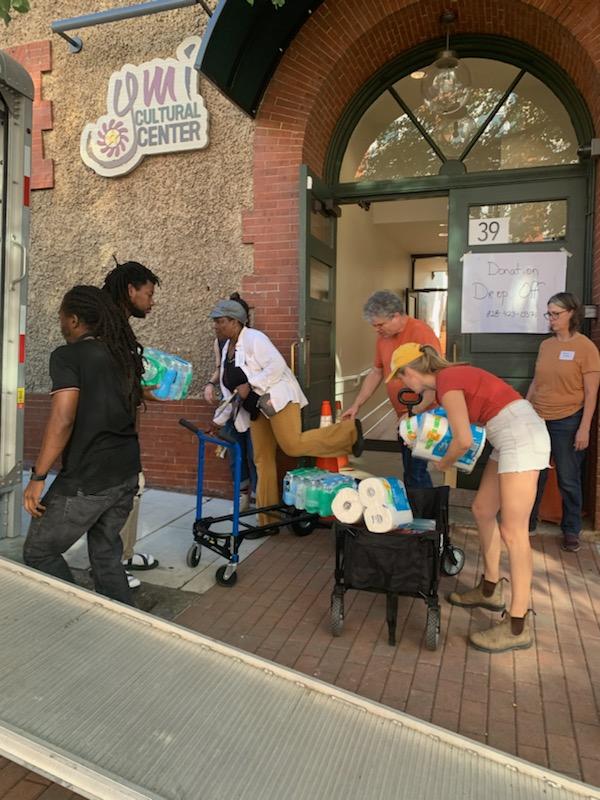
Community-Driven Solutions
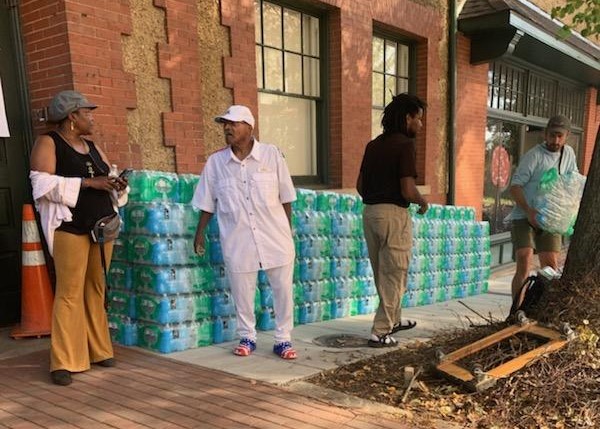
Community-driven: We recognize that the residents of Western North Carolina are the true experts in their own needs. That’s why we center community-driven solutions, working alongside local leaders and residents to ensure that aid is responsive and effective.
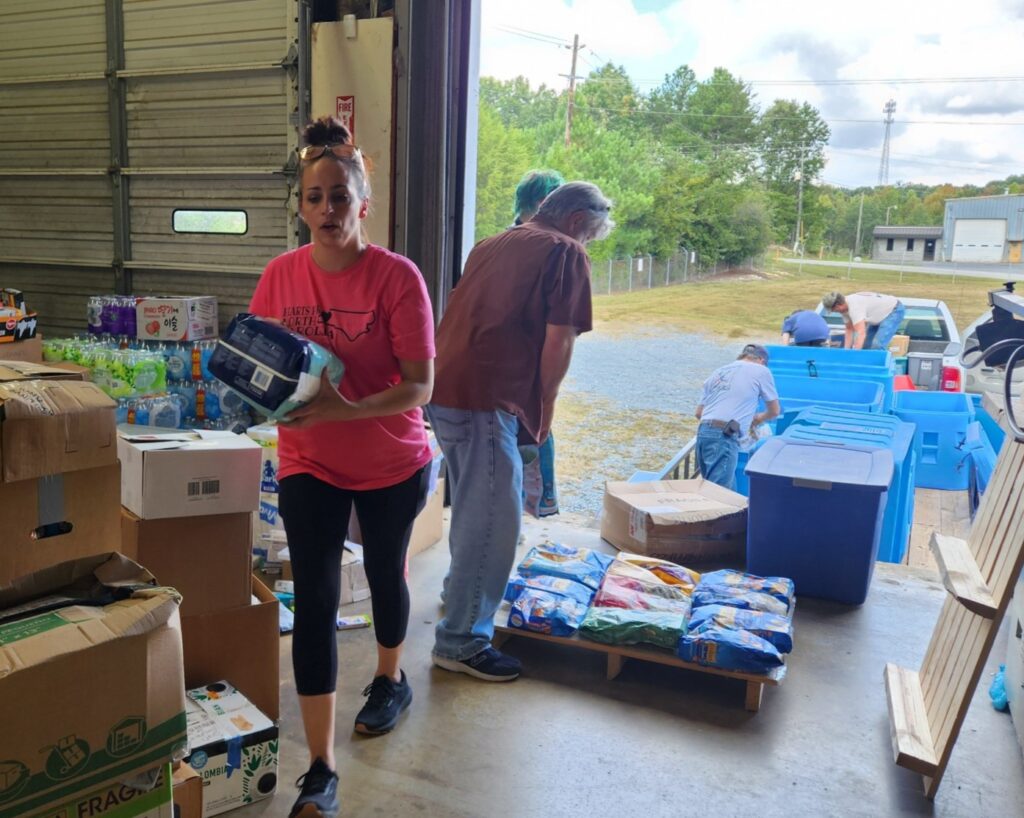
Targeted Assistance: Our approach is rooted in understanding the specific needs of each community in Western North Carolina. By connecting the right people, we multiply the impact of organizations doing essential work. We empower nonprofits by bridging gaps and fostering collaboration.
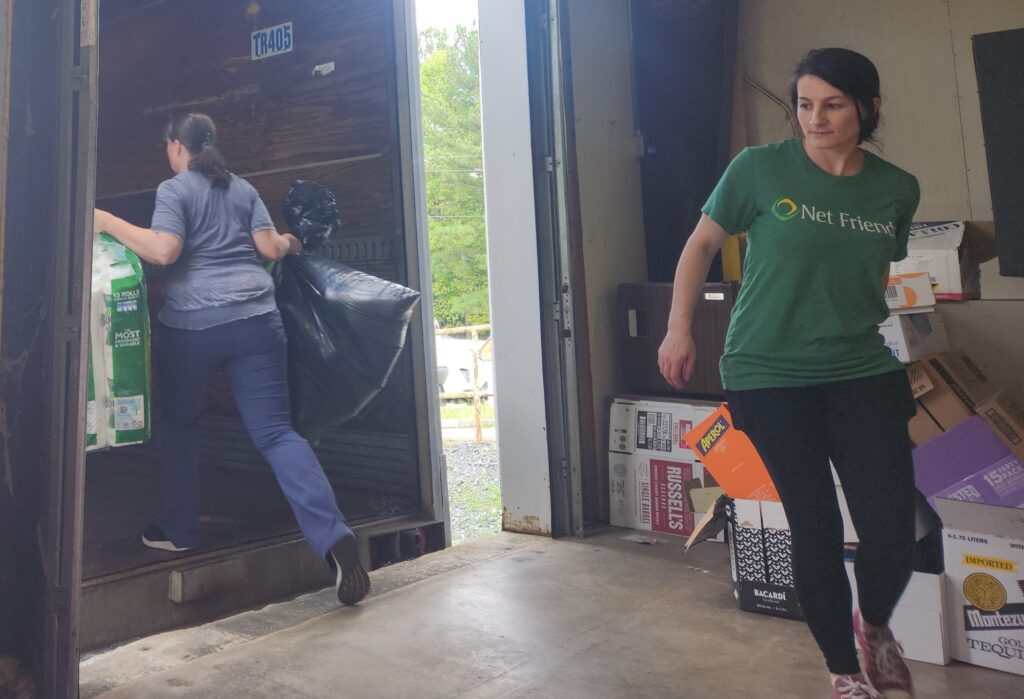
Sustainability: While immediate relief is critical, we also focus on long-term sustainability and building networks for sustained impact. Our work is designed to empower communities to become self-sufficient so they can continue to thrive even after our support has ended.
Highlighting an Effort Going on Right Now: Food Boxes for Western NC
The Right Tool for the Toughest Job
After a disaster, the biggest challenge isn’t just a lack of supplies—it’s a lack of good information. We’ve all seen it. A Facebook post asking for diapers gets shared for days after the need is met. A warehouse overflowing with hand sanitizer has no idea that a shelter three towns over is desperate for it. We lived through that chaos. So we built the solution.
Our answer is R4D2 (Disaster Dash). It’s our disaster logistics tool and community engagement platform, built from the ground up to replace patchwork tools with scalable, transparent, and locally-controlled infrastructure.
What R4D2 actually does:
- Connects the Dots in Real-Time: Our platform lets hundreds of community hubs and distribution points see exactly what’s needed and what’s available as oversupply throughout the region. This means less waste and more targeted, effective aid.
- Built For and By the Community: R4D2 is open-source and built for local control. It gives organizations the power to manage their own relief efforts transparently, moving resources efficiently without waiting for a top-down system to catch up.
- Empowering Our Helpers: It’s the central hub for our 137+ volunteer drivers. They can see available delivery routes, sign up for a run, and get the information they need to be effective and safe, all in one place. All while the community hubs keep everything else moving the way they know how.
- Business as Usual for Our Sites: Community supply sites get to keep distributing their stock without having to keep their full inventory in R4D2. (only their oversupply and/or needs) Drivers can keep delivering that oversupply between sites, and everyone gets to keep helping as many people as possible without fundamentally changing how they do it.

Our Mission
Disaster Relief & Recovery: Our disaster relief programs are designed to provide immediate assistance and long-term recovery support. Whether it’s distributing food and water, providing emergency shelter, or offering rebuilding supplies, we are here to help communities recover and rebuild faster. We work closely with partners to ensure that affected communities have the resources they need to return to normalcy as soon as possible. We work as liaisons between volunteers and other non profits.
Through the aftermath of Hurricane Helene, R4 Relief worked closely with a network of hubs, nonprofits, and distribution centers to maintain an up-to-date needs list, ensuring that critical resources are allocated efficiently and effectively. By fostering strong partnerships and seamless communication, R4 can quickly respond to emerging crises, adapt to shifting demands, and ensure that communities receive the most relevant aid. This collaborative approach helps streamline logistics, reduce waste, and ultimately make the delivery of support more impactful and timely, addressing the evolving needs of those affected by disasters or emergencies.
Volunteer
We always need drivers, distribution volunteers, and extra hand.
